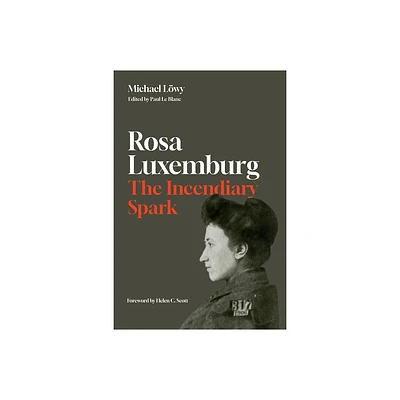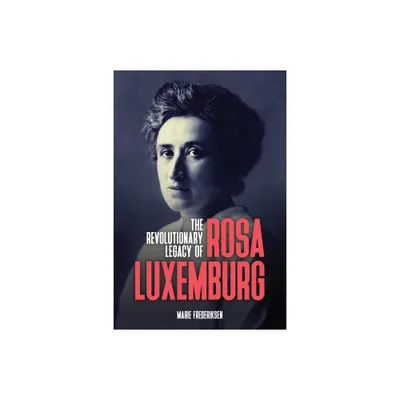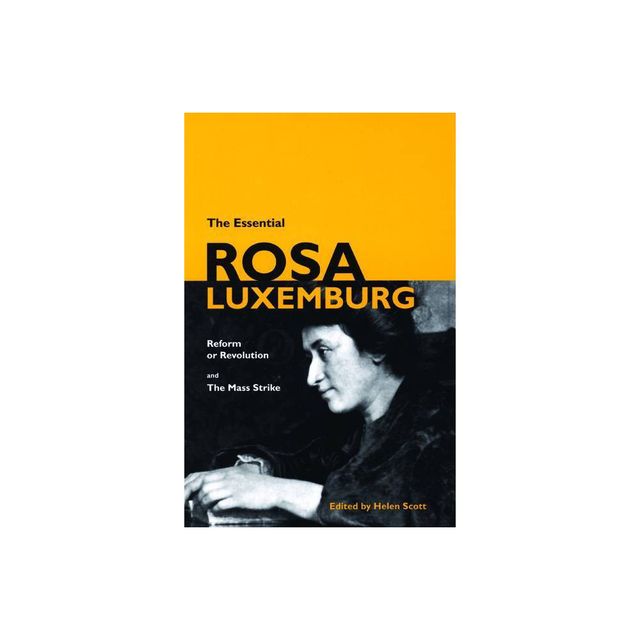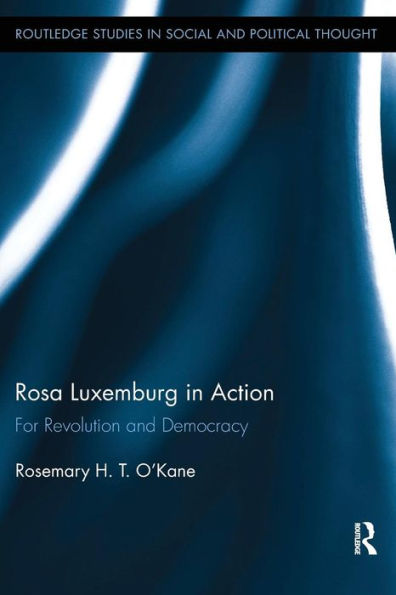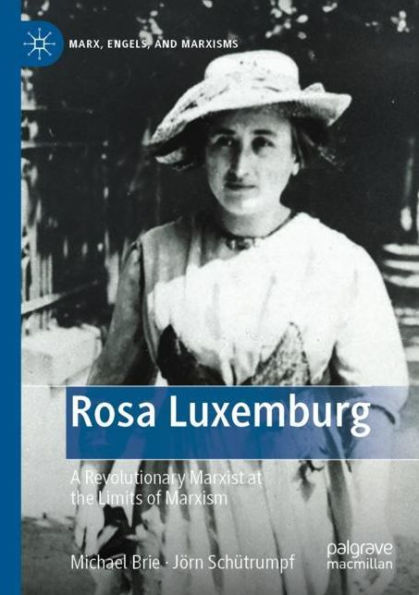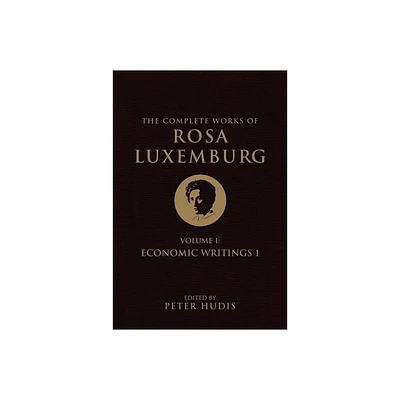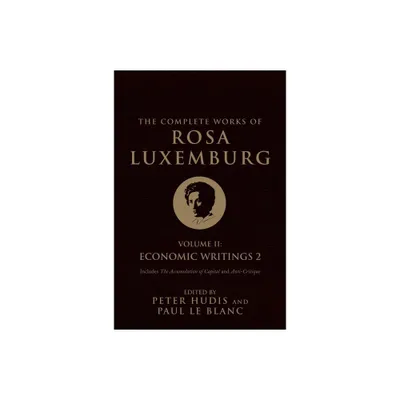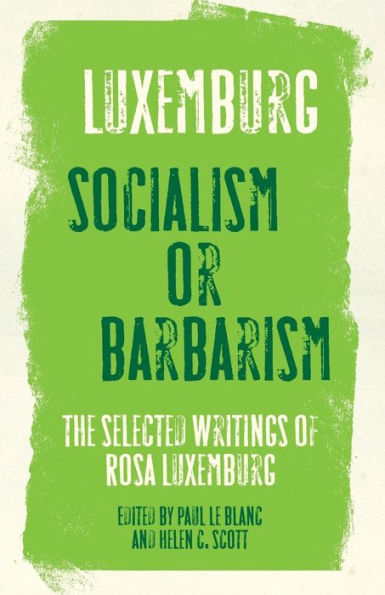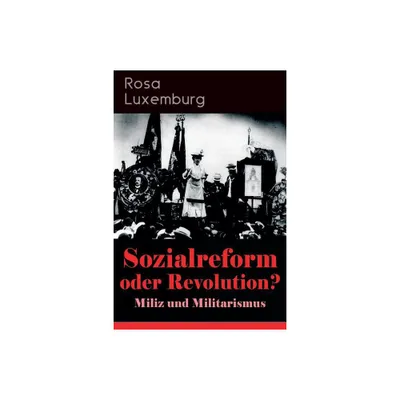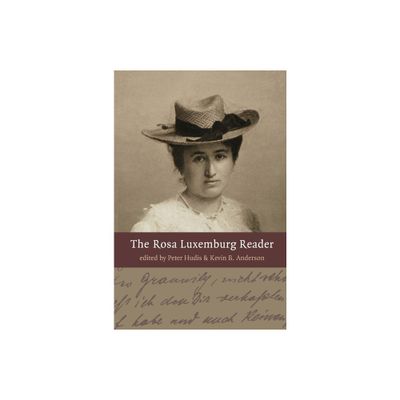Home
Ambivalenzen des Ubergangs: Die Volksbuhne am Rosa-Luxemburg-Platz in Berlin in den neunziger Jahren
Loading Inventory...
Barnes and Noble
Ambivalenzen des Ubergangs: Die Volksbuhne am Rosa-Luxemburg-Platz in Berlin in den neunziger Jahren
Current price: $87.00
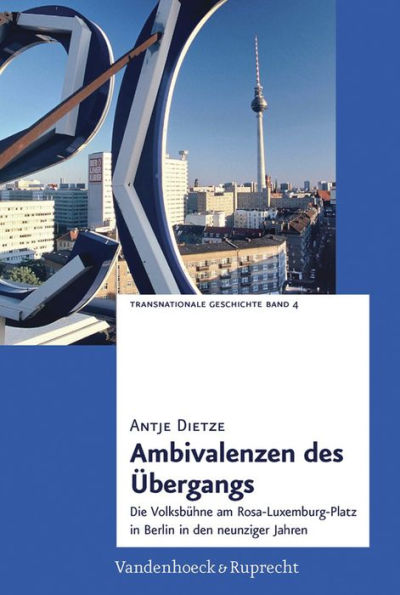

Barnes and Noble
Ambivalenzen des Ubergangs: Die Volksbuhne am Rosa-Luxemburg-Platz in Berlin in den neunziger Jahren
Current price: $87.00
Loading Inventory...
Size: OS
*Product Information may vary - to confirm product availability, pricing, and additional information please contact Barnes and Noble
English summary: This volume studies the success achieved by the Volksbuhne at the Rosa-Luxemburg-Platz in Berlin through its participating in societal change following the fall of the Berlin Wall and the reunification of the East and West Germany. In the time immediately after the reunification of East and West Germany, artists and artistic institutions played an important role in society: They put cultural traditions to the test and thus put their stamp on subsequent social changes. In this volume the author studies this phenomenon using as an example the Volksbuhne Theater in Berlin, which became a model of cultural success in the 1990s. It shows how the Volksbuhne critically addressed the social conflicts by emphasizing its East German roots, and it describes the changes that took place in the inner-German and international relations of the Volksbuhne both before and after 1989. German description: Die Volksbuhne am Rosa-Luxemburg-Platz in Berlin ist ein Erfolgsmodell der deutschen und internationalen Kulturszene der fruhen neunziger Jahre. Sie entwickelte ein betont ostdeutsches Profil und nahm die gesellschaftlichen Konflikte der Nach-Wendezeit mit einem kritischen Blick unter die Lupe. Antje Dietze untersucht an diesem Beispiel die besondere Rolle von Kulturinstitutionen und kunstlerischer Praxis in den vielfaltigen, oft ambivalenten Ubergangsprozessen nach 1989. Sie beschreibt diese Transformationen als Teil eines deutsch-deutschen und transnationalen kulturellen Verflechtungszusammenhangs und arbeitet heraus, dass dieser bereits vor 1989 bestand, und wie er sich im Verlauf der neunziger Jahre neu ausrichtete. Dabei macht die Autorin ausserdem deutlich, welche Bedeutung kulturelle Akteure bei der Gestaltung von gesellschaftlichen Umbruchen hatten, indem sie die eigenen Traditionen programmatisch auf den Prufstand stellten und neu erfanden.

